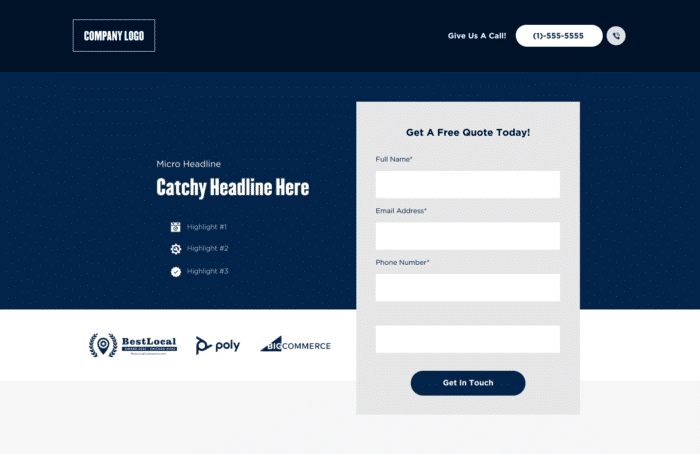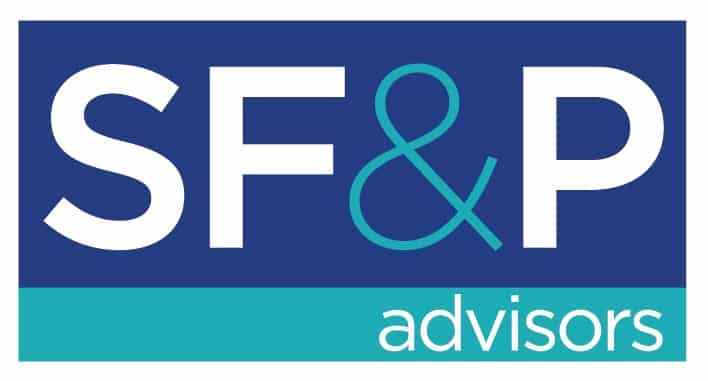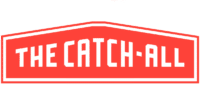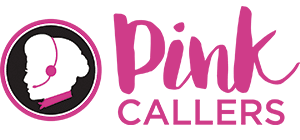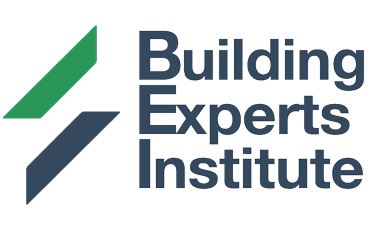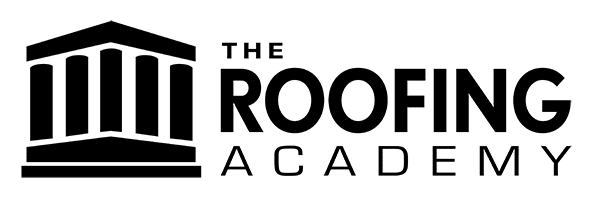Paid Ad Campaigns have been proven to be an invaluable asset in overall marketing strategy, and the most important part is the landing page. Landing page design can make or break the success of the campaign. And there are five key elements that help make a PPC landing page successful:
- Make everything very keyword-focused
- The design should be aesthetically pleasing
- Include trust factors
- Increase time on page
- Conduct A/B testing
We implement these 5 elements in every Pay Per Click landing page we create at Hook Agency. Here they are in more detail so you can make sure to include them in your own PPC landing pages.
Component 1: Make everything point back to keywords
Pay Per Click landing pages, in comparison to SEO landing pages, are short, sweet, and to-the-point. You don’t have to mess around too much with the copywriting process.
1. Focus less on pretty copywriting, more on keywords
Instead, it is vital to make the content within PPC pages always point back to the keywords. Clients pay big money for ad space on google for those words, so content shouldn’t stray from what you’re trying to target.
2. Get to the point right away
One way to do this is to ask for the minimum. Once a potential client clicks on your ad, he or she should know the exact next steps in the process of getting in touch with your company. No fuss, no feathers—just tell them where to go. Telling people what they need to know in order to make a decision seems simple, but oftentimes it gets lost within a page.
3. Eliminate external page navigation
Another way that we streamline the user process when designing and developing PPC landing pages is to eliminate any external page navigation. Yes, this means foregoing the nav bar at the top of the page, as well as anything linking in the footer.
Each call-to-action button should simply jump to wherever the form fields are placed on the page. We want quick and easy results, where the user will know clearly to make a decision– get in touch with the company, or exit the page.
Component 2: Visual Design
In today’s world, everyone is growing more and more aware that they’re being marketed to, and I would say we are growing more and more ok with it.
1. Make it very clear what action should be taken
When it comes to landing pages from ads, we know that they want us to complete the action, to fill out a form or to make a phone call. This does not give designers permission to slack on design.
2. Include branding elements
CTAs and forms should remain clean, with easy user flows, and the pages should stay responsive. In a way, PPC landing pages should give us an opportunity to be spiced up and to play around with the client’s branding.
3. Ensure a good user experience in the design
As we’re growing more aware of companies’ marketing tactics as consumers, we are equally growing more and more aware of good design practices. Less is more in the design world, especially for responsive landing pages. Our landing pages at Hook Agency are clean-cut, with plenty of white space and breathing room for users. We want the experience to be comfortable and smooth, as well as pretty.
Nothing is worse than trying to interact with a website and getting stuck. It’s frustrating and exhausting, not to mention that website probably just lost your business. Functionality should always trump aesthetics, but the best practice is to master both.
Component 3: Trust
Hook Agency PPC pages heavily emphasize what we call ‘trust factors’. These trust factors come from:
- Google or Facebook reviews
- Badges or awards that these companies have received for previous work
- Ratings from places like Houzz, BBB or Angie’s List
- And video testimonials
We primarily work with construction contractors, and we’ve come to learn that these reviews are everything. Having these at the top of the page, or at least showcasing them in one of the upper sections is essential in creating trust. Some of our clients ask if including these reviews and awards seems arrogant or unnecessary, but we’ve found that not to matter as much as we think to users. Honesty is important, but so is confidence.
Trust Factor Tip: Include compelling photos and videos of the company on the job, or customer testimonials.
Component 4: Time spent on the page
When designing and developing these pages, we like to keep the most important information at the top, which is standard across all web design platforms, and to have minimal and concise reading so users know the gist of the company/product before taking action.
1. Associate the length of the page to the size of the service
The length of the page should always vary depending on the risk of the purchase. A cheaper good or service should have a shorter page– users aren’t looking for as much information. Likewise, purchases and actions that require more risk should have longer pages. Basically, the bigger the ask, the bigger the page. Potential clientele want to have as much information as possible when deciding to get in touch about a larger priced item.
2. Make more compelling CTAs for more expensive items and services
Pages for more expensive purchases might want to have more prominent CTAs for phone calls, because they are a less risky and more casual way to start the buying process. Time spent on page and the length of the page would be a great variable to check out in the user testing process.
Ditch any unnecessary content that doesn’t drive the call to action
Additionally, landing pages shouldn’t have extraneous, unnecessary content. Basic rules of user experience, especially on the web, is that the more options presented to the viewer, the longer the time spent on making a purchasing decision. We don’t want to distract or bore people with content that doesn’t matter to them.
Component 5: Testing
One thing that can really boost your PPC pages is testing.
1. Conducting A/B testing is vital
The most common form of testing is A/B testing. A/B experimentation has been used for centuries, which soil works best, how much cream/sugar makes our coffee taste better, what time of day we’re most productive, etc.
2. Set your controlled variable
The key factor in all A/B experimentation is having a controlled variable. PPC specialists are able to create two different versions of their landing page, and test different factors– such as number of clicks, number of conversions, or time spent on a page. These factors could be as simple as word choice, CTA style/command, or smaller design changes.
3. Perform keyword testing on your own first
PPC Specialists also test how keywords work, whether it’s the words themselves, how they work differently on pages geared toward different locations or services. Basically the possibilities of user testing are endless, but we want to use it in a way to improve overall ROI for Google Ads. We want to gain a better understanding of how users experience the internet, and to better guide them towards our client’s business.
4. Find Case Studies and Conduct Multiple Tests
Here’s an example of a landing page case study done by MarketingSherpa on Diggz, a mobile app based out of Atlanta that helps users get connected with possible roommates in the area. The study tested two different pages, one just with images and content, the other with images, content, and a mockup of how the application will look on a phone.
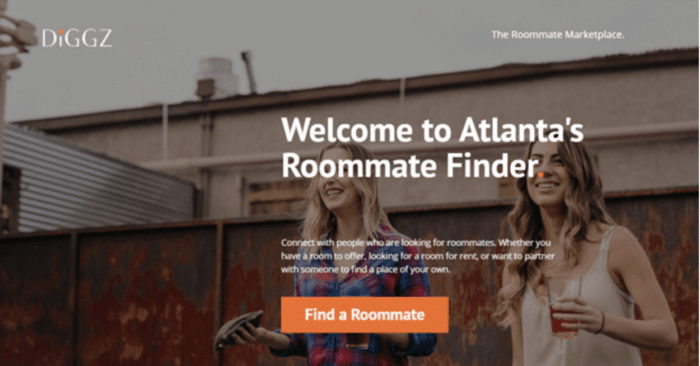
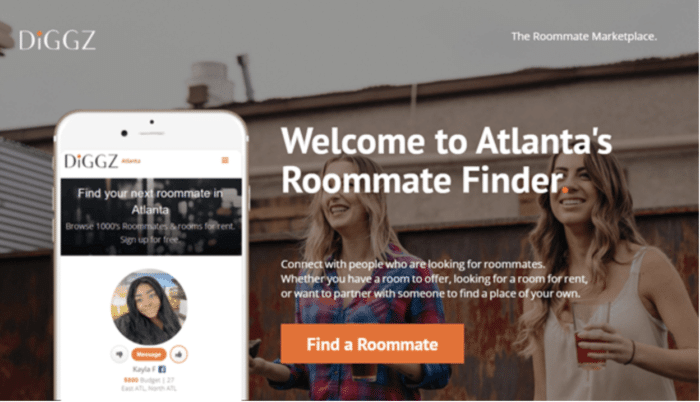
According to the case study, the landing page with the iphone mockup ended up with 10% higher conversion rates across all campaigns. Their conclusion was that showing an example of exactly what kind of user would benefit from this app, along with a smiling face allowed for users to trust and envision their success with the product.
This is just one example of how this page could have been tested. For example, Diggz could have changed the CTA wording from “Find a Roommate” to “Get The App” to see if their messaging caused users to be swayed more or less in one direction. Because there are so many options for user testing, it’s important to perform secondary research as well as primary research so results are relevant and point us in the right direction.
Check out an example of our PPC Template
Here is a wireframe of what our landing pages feel like. Of course, for a real client, we add in real content like headlines, services, reviews, and images.

Lead Generation Pages
Web pages that are geared toward lead generation most likely include a form at the top of the page, or ‘above the fold’ which comes from the top stories of the day in a newspaper. Anything above the fold on page 1 was considered the top news story of the day. Web designers use this mentalityto include the most important information before the user scrolls.
Above the Fold Content
The content presented before the fold is considered the most valuable ‘real estate’ on the entire landing page. We include differentiating features of our client’s business, emotional images of customer success, and of course, our targeted keywords.
As you can see, we’ve dropped the page navigation so that users know that their way to connect with this company is either by making a phone call or filling out this form.
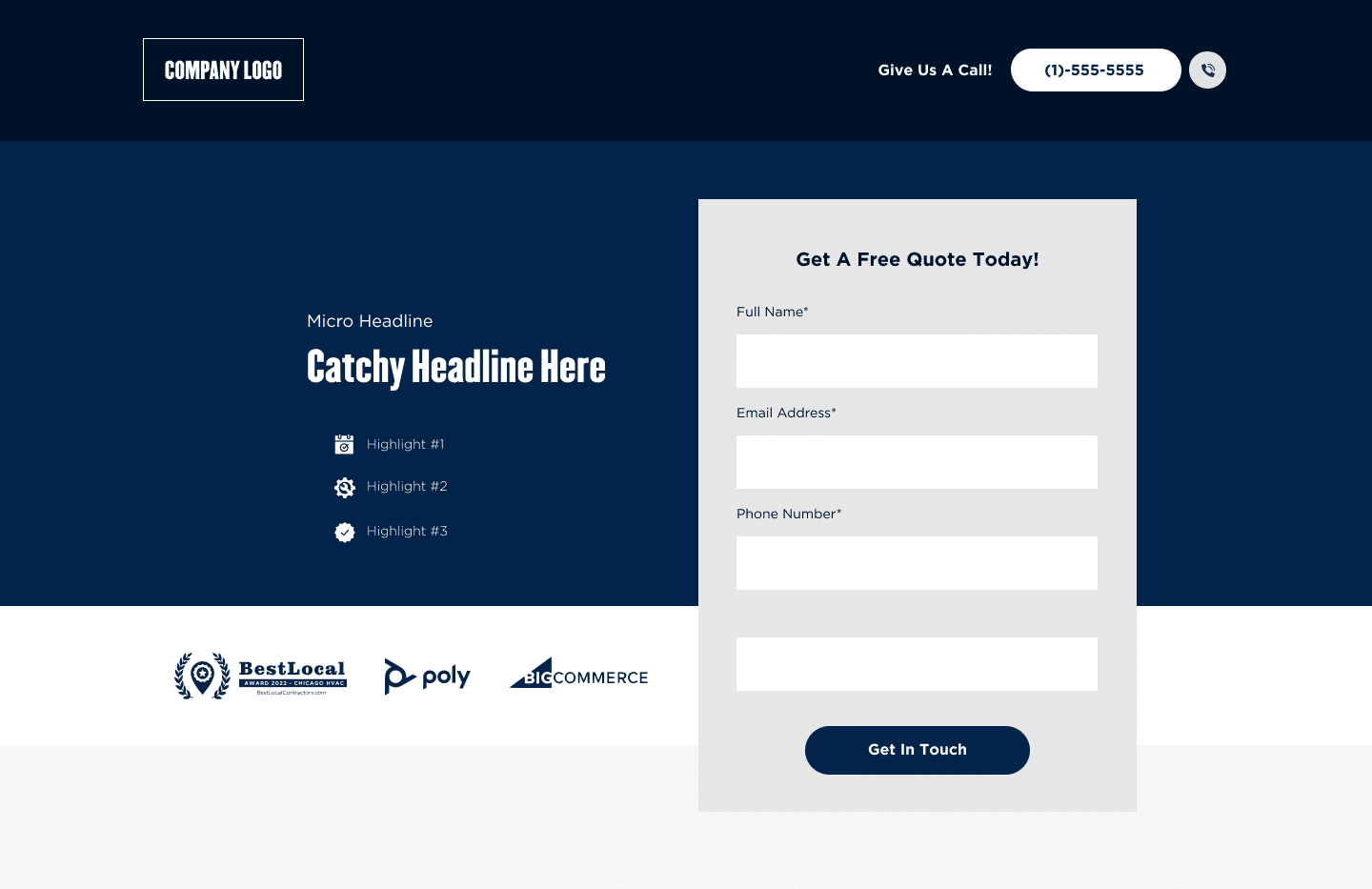
Including Testimonials
The rest of the page is made up of sections for content. This includes testimonials, primarily Google reviews, as well as spots for content, and specific location or service images. We try to tailor and mimic sections depending on the company’s actual website.

Including Flexible Content
A key feature in all of our web development services is to have what is called flexible content. All of the content and sections are easily rearranged and changeable by us or our clients. We design block by block and always think about the order of content depending on our client’s offerings and their positioning within their industry.
Final Call-To-Action on the Bottom
Lastly, it’s standard practice for design on all web platforms to include a final call-to-action which includes some targeted messaging, a button to link back to the top form, and most likely an image. It seems obvious, but if users follow a linear progression of scrolling they’ll likely get to the bottom and make a decision about getting in touch with the company. Here especially, we like to keep it simple and straightforward.

Unbounce vs. Custom Page Design
We utilize a landing page editor called Unbounce for a majority of our current PPC landing pages. Why not do custom page design? We are well versed in targeting keywords as well as designing and developing beautiful pages, but we’ve found that Unbounce can make our lives (and our client’s lives) easier.
Building out custom page blocks is more tedious and expensive, and sometimes our client’s don’t have a stronger website to support custom design. With unbounce, we can design and develop pages much more quickly, which allows us to start seeing results more quickly. We can utilize a variety of design and development methods, as well as plugins to fulfill our design choices.
Yes, we lose some flexibility in design, but we’ve found that more simple landing pages function better when it comes to lead generation. Branding and messaging can bridge this gap. Although Unbounce provides useful tools for managing multiple clients traffic and conversions, we can always do custom work on their existing website, depending on the client’s budget.
When it comes down to it, digital marketing as a whole is about understanding a user’s start to finish process of getting in touch with the company. Depending on the kind of company/industry this could be filling out the form, making a phone call, or completing a purchase.
PPC pages are a tool in our belt, but they are a useful one. Companies that utilize paid ads to their advantage can get ahead of their competitors, and jumpstart their lead generation. When it comes to landing pages, we want to have all necessary information presented clearly, as well as the next steps.
We want to apply and improve upon the company’s brand standards in a clean design of the page, without losing the underlying ad campaign strategy.
Consumers these days know what marketing is and know that they are being marketed to. The time is coming for a more nuanced and complex approach to our targeted audiences.
If you’re a contractor company looking to boost your marketing with PPC ads, reach out to Hook Agency, today! Our foolproof landing page process is sure to get you the leads and traffic you’ve been looking for.


